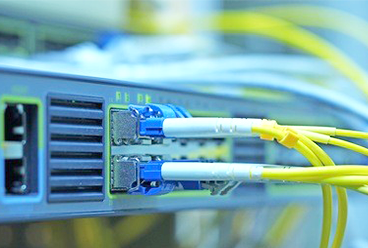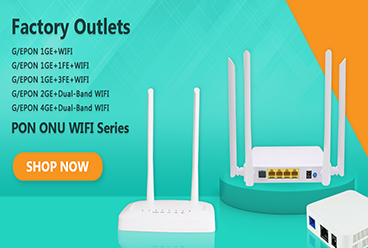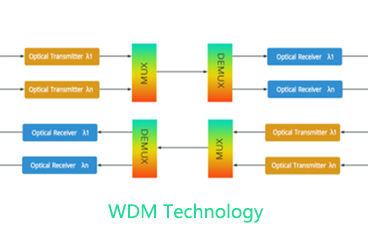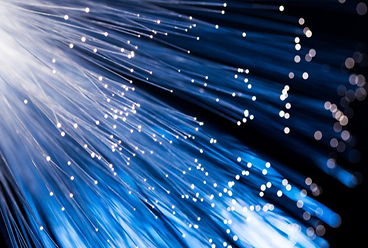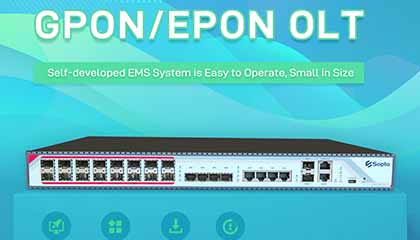An Optical Distribution Network (ODN) refers to a network structure used for distributing and transmitting optical signals within a fiber optic communication system. It is typically used in fiber optic access networks (FTTx, Fiber to the X), including applications such as FTTH (Fiber to the Home) and FTTB (Fiber to the Building).
In an ODN, optical signals are distributed from a central optical fiber switching device (such as an OLT, Optical Line Terminal) through optical distribution devices (such as optical splitter boxes and optical splitting devices) to buildings or homes where users are located. An ODN generally consists of optical fibers, optical splitting devices, connectors, and other components. Its design and deployment need to consider factors such as signal transmission loss, network scalability, and reliability.

The structure of an Optical Distribution Network (ODN) mainly includes the following components
Feeder Fiber: The main optical fiber from the central office (e.g., OLT) to the distribution point (e.g., optical distribution box).
Distribution Network: The optical fibers from the distribution point to the distribution node (e.g., optical splitter box).
Distribution Point: Usually the optical splitter box, used to further distribute the optical signal to the users.
Drop Fiber: The optical fiber from the optical splitter box to the end-user.
User Terminal Equipment (ONT/ONU): The optical network terminal/unit at the user end, used to convert the optical signal into an electronic signal that the user can use.
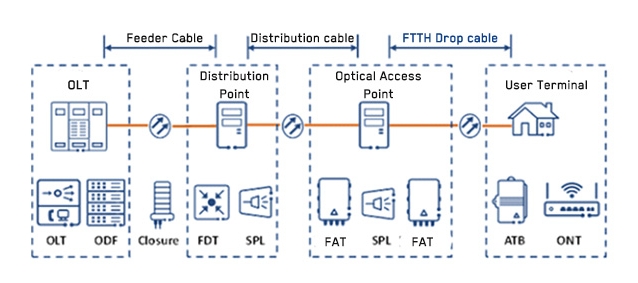
The components of an ODN include
Optical Cables: Contain multiple optical fibers used for long-distance transmission of optical signals.
Optical Connectors: Used for connecting and disconnecting optical fibers.
Optical Splitters: Used to divide an optical signal from one fiber into multiple fibers, typically available in splitting ratios such as 1:2, 1:4, 1:8, etc.
Optical Splice Closures: Used for splicing and protecting optical fibers, ensuring the stability and safety of fiber connections.
Optical Distribution Boxes: Used for centralized management and distribution of optical fiber connection points, usually installed in areas with a high concentration of users or in critical locations.
Optical Network Terminals (ONT/ONU): Installed at the user end to receive and convert optical signals into electrical signals usable by the user's devices.
ODN Technology Evolution
PON (Passive Optical Network) deployments have undergone three generations, and the fourth generation (25G/50G PON) has already begun deployment. The composition of ODN remains largely unchanged, still consisting of optical fibers and passive splitters. However, the method of building ODN networks has significantly evolved.
The first generation of ODN (referred to as ODN1) required skilled technicians to use expensive fusion splicers to connect the fibers. This process typically had to be carried out in a controlled environment, such as an enclosed van, to prevent contamination from dust and other pollutants. Although this method was costly and time-consuming, it ensured low optical link loss and good performance.
Starting around 2018, the second generation of ODN (ODN2) began to be deployed, offering various pre-connectorized components. The term "Quick ODN" was also introduced to describe ODNs constructed using these pre-connectorized components.

Sopto Pre-connectorized Solution
ODN2's main advantage is that all splicing and subsequent testing are completed at the factory, eliminating the need for on-site fiber splicing. This results in faster installation, lower costs, and more predictable installation outcomes. Some products even offer pre-connectorized cables, allowing users to easily connect their homes to the FTTH Quick ODN junction box without the involvement of service providers.
In addition to pre-connectorization, another significant innovation of ODN2 is the use of digital labels (barcodes or QR codes) for each fiber and port. These labels can be easily input into an intelligent database, creating a digitized optical distribution network. This "Digital QuickODN" leverages the unique identity of ODN passive components to create intelligent management functions, such as automatically storing fiber location information, automatically identifying fiber connections, fiber alignment information, and providing visual guides for on-site operations.
The emergence of pre-connectorized and digitally labeled fibers, splitters, and fiber trays, as well as distribution boxes, has significantly reduced network deployment time and costs for operators, though it has not addressed the issue of operational costs. The third generation of ODN (ODN3) is currently under development, aiming to reduce ODN operational costs by introducing automation, active monitoring, and intelligent technologies.
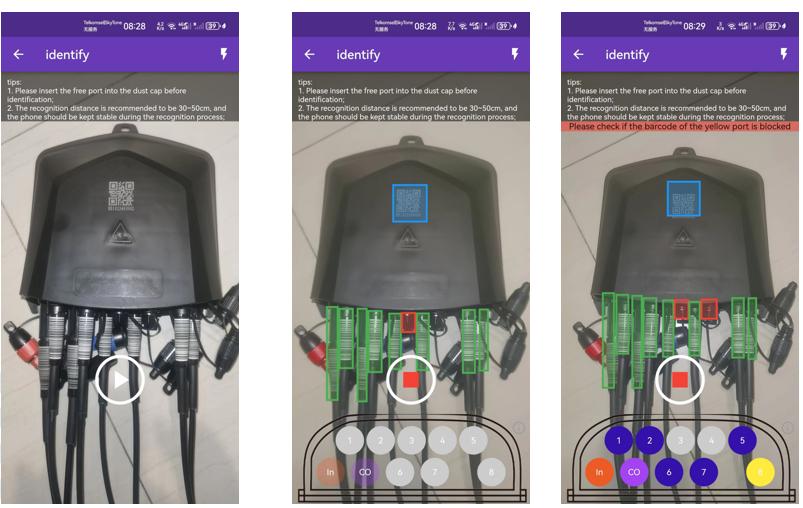
Sopto Hub Box
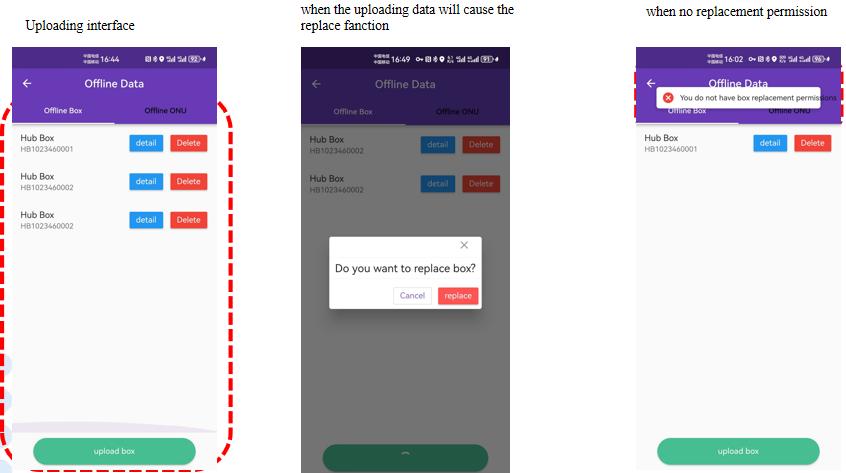
Sopto Hub Box-QR Management System
Welcome to contact us to learn more about Sopto's latest ODN solutions email: [email protected]
Tags : Optical Distribution Network, ODN, OLT, Hub Box
— END —




